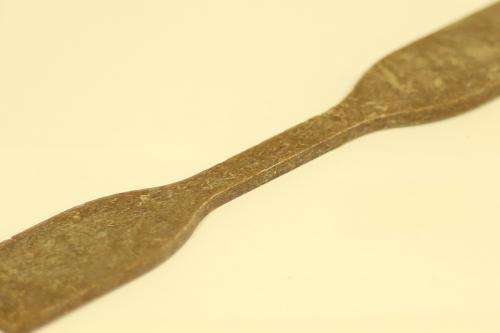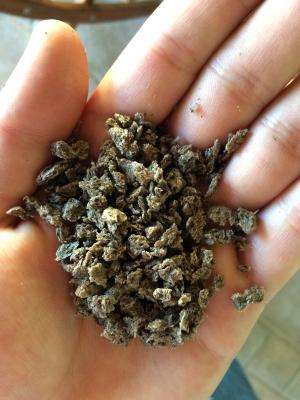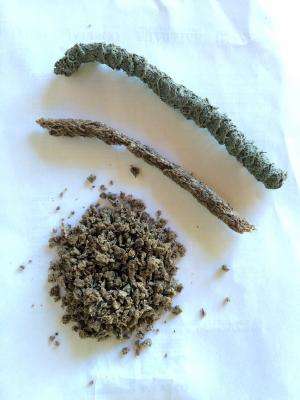Mixing plant waste and plastic to obtain building materials

The emerging company PLASTINOVA has intertwined the science of chemical engineering and technology to recycle all kinds of useless plastics and tequila agave bagasse similar to wood, with greater resistance. The material is used as formwork in the construction industry or in the manufacture of benches, tables and chairs.
Generally, the falsework used to build roofs, arches or similar structures is made of wood or aluminum. However, the this new technology aims to mimic both materials in terms of physical properties while reducing the cost and recycling organic and inorganic waste.
The composition of the material consists of 10 to 35 percent agave fiber, with the remainder composed of recycled plastic. The fiber is the matrix of this building material, says Alberto Medina-Mora Urquiza, one of four partners of PLASTINOVA, together with Eloy Aquino Herrán, Milton Vázquez Lepe and Ignacio Reyes González.
The PLASTINOVA project lasted a year, and in recent months, has managed to establish itself as a functioning company producing composite materials from recycled plastic and agave bagasse, which, after a series of treatments, obtains the necessary fiber to make the formwork tabloids.
Although PLASTINOVA was established in a region where tequila is produced, it is very difficult to obtain agave bagasse, because companies use it as fuel for boilers. The entrepreneurs, however, reached an agreement with two tequila companies to access the waste plant.
The machinery requires about 36 hours to process one hundred kilograms of agave, and one more day to transform the fiber in a ton of pellets or beads of recycled plastic with which the tabloids are manufactured. The finished tabloids measure 1.20 meters by one meter and are 10 centimeters thick.

The manufacture of the tabloids is a three-part process. First, with the help of a physical process, the alcohol, sugar, bone and shell is removed from the agave bagasse, leaving only the fiber for cleaning. After that, it is dried, ground and pulverized to obtain a flour-like powder.
During this process, a compatibilizing agent is added to the fiber, a special substance that serves to alter the chemical composition of the waste, which makes it more resistant and compatible with various types of plastics, such propylene used in spoons or the high-density polyethylene used in milk gallons, Medina-Mora explains.
Among the company's future plans is to replace agave fibers with fibers from coconut, which according to their laboratory tests are sturdier and have more suitable physical properties for use in building. For this, though, they will participate in entrepreneurial competitions as they did last year in the Cleantech Challenge. They hope to become widely known among investors to increase the capacity of the machinery.

Provided by Investigación y Desarrollo


















